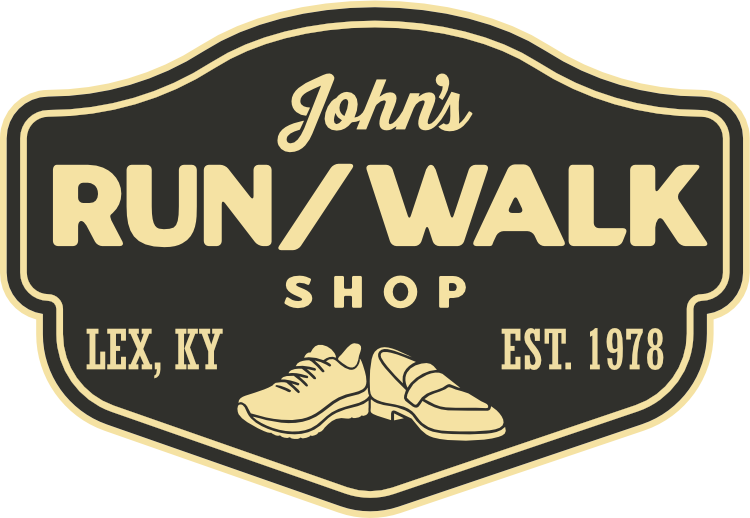Go for the Goal!
by Ashley Samson, PhD, CMPC
University of Kentucky Kinesiology & Health Promotion
A Guide to Goal Setting
Research from countless areas that study human (and animal!) behavior points to the fact that we are goal-oriented. Consequently, it makes sense that the process of goal setting is one of the most important tools we can use to guide us to success.
It has been proven over and over again to be one of the most effective sport psychology tools that athletes can utilize to make gains in their performance, and it's one of the first things we do when I start working with a new athlete or team.
Why Does Goal Setting Work?
Why it works so well has two components. First, it provides you with a destination to work toward, which gives you direction in which to focus energy. For example, if you just went to the gym to exercise, with no direction regarding how long, what activities, etc, you would most likely not be very motivated or enjoy the experience.
On the other hand, if you had a goal to lift weights for 20 minutes doing specific exercises and then run for 25 minutes, you would be focused on doing what you need to do to reach that goal.
Secondly, creating a goal map (a plan to reach your goal), allows you to see how far you've come by allowing you to meet several mini-goals on the way to your big end goal. In addition, having those mini-victories along the way increases motivation!!
What Are the Different Types of Goals?
There are two main types of goals, but most of you are probably familiar with the first: Outcome Goals.
Outcome goals focus on the overall outcome you want from the experience, such as: “I want to qualify for Boston,” “I want to beat my PR in the bench press,” or “I want to maintain X amount of weight loss.” These types of goals are easy to set because most of us know what we want our final outcome to be.
However, the second type of goal, Process Goals, is often overlooked in the quest to reach the Outcome Goal. Process Goals are “mini-goals” that are focused on the steps that must be taken to reach the Outcome Goal. For example, if your Outcome Goal was to run 5 miles without stopping, your Process Goals might be, “I want to run 1 mile without stopping,” then “I want to run 2 miles,” and so forth.
Now, to create your goal map
First, take a blank paper and turn it sideways (landscape orientation if you’re using Word). Then, draw a long horizontal line across the middle of the page and label the left end of the line "now" and the right end of the line with whatever your outcome goal is (for example, “decrease my 10k time by 2 minutes by the end of the spring”).
Next, divide the line into sections, creating one section for each week between now and the end goal. You can do this by making little hash marks along the line to designate the sections.
Now, work backwards week by week creating mini goals for each week that will help you get to your end goal. For example, if your end goal is to maintain that certain goal pace for a 10k race, you might start with running 2 miles at that pace and then 3 miles the next week, 4 the next, and so on until you reach your goal. Remember to try to make your goals as specific as possible so that you can know for sure if you have met them.
How to Increase the Likelihood of Sticking to Your Goals
While setting goals for yourself may seem like a no-brainer, the act of actually sitting down and creating a map makes it much more likely that you will accomplish said goals (there is tons of research to back this up!) and I can speak from experience that it is very powerful with the athletes I work with.
I encourage you to put your goal map in a place where you will see it often so that you can check off each week's mini-goal as you accomplish it. This is a great way to create extra motivation!

